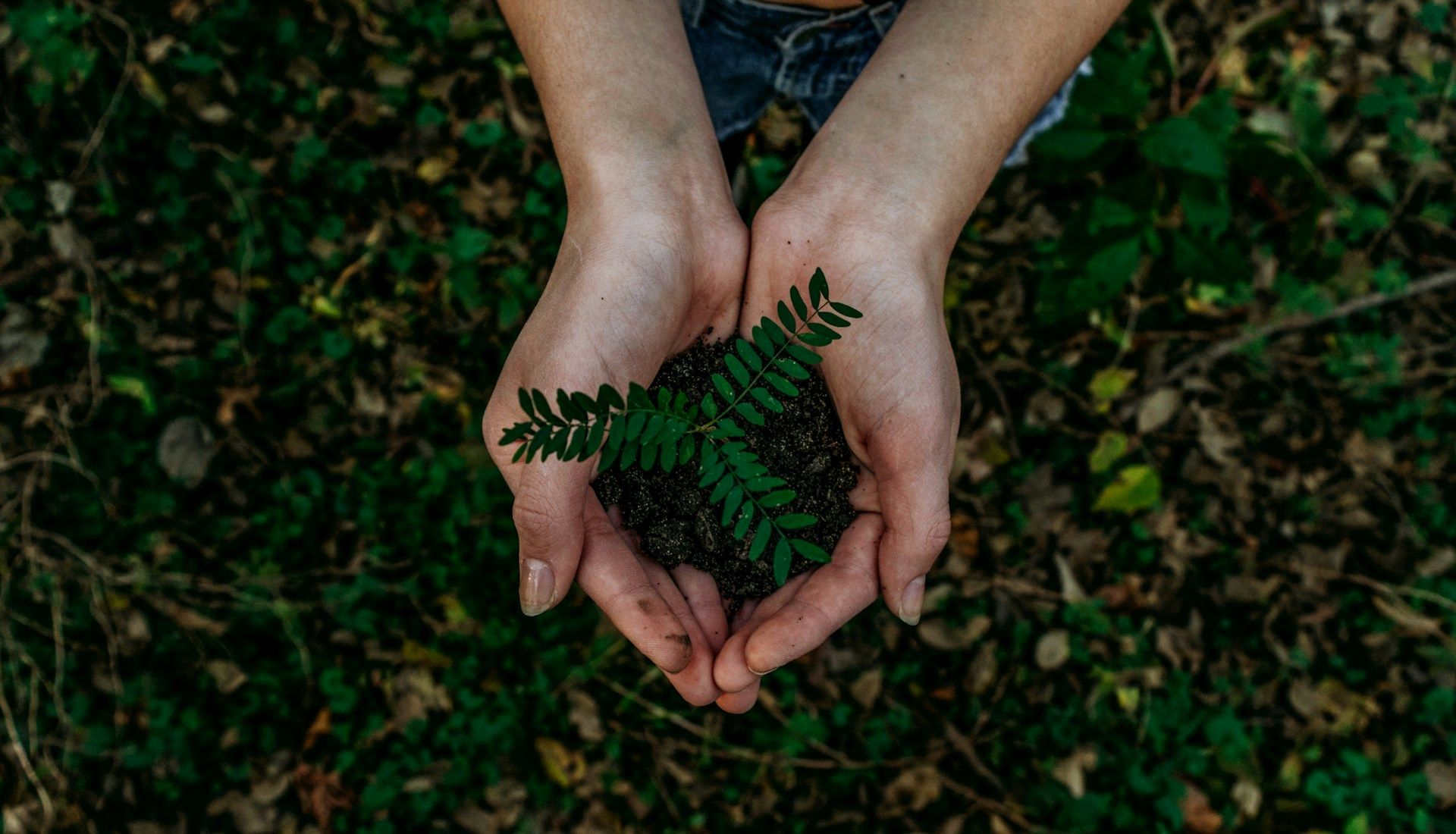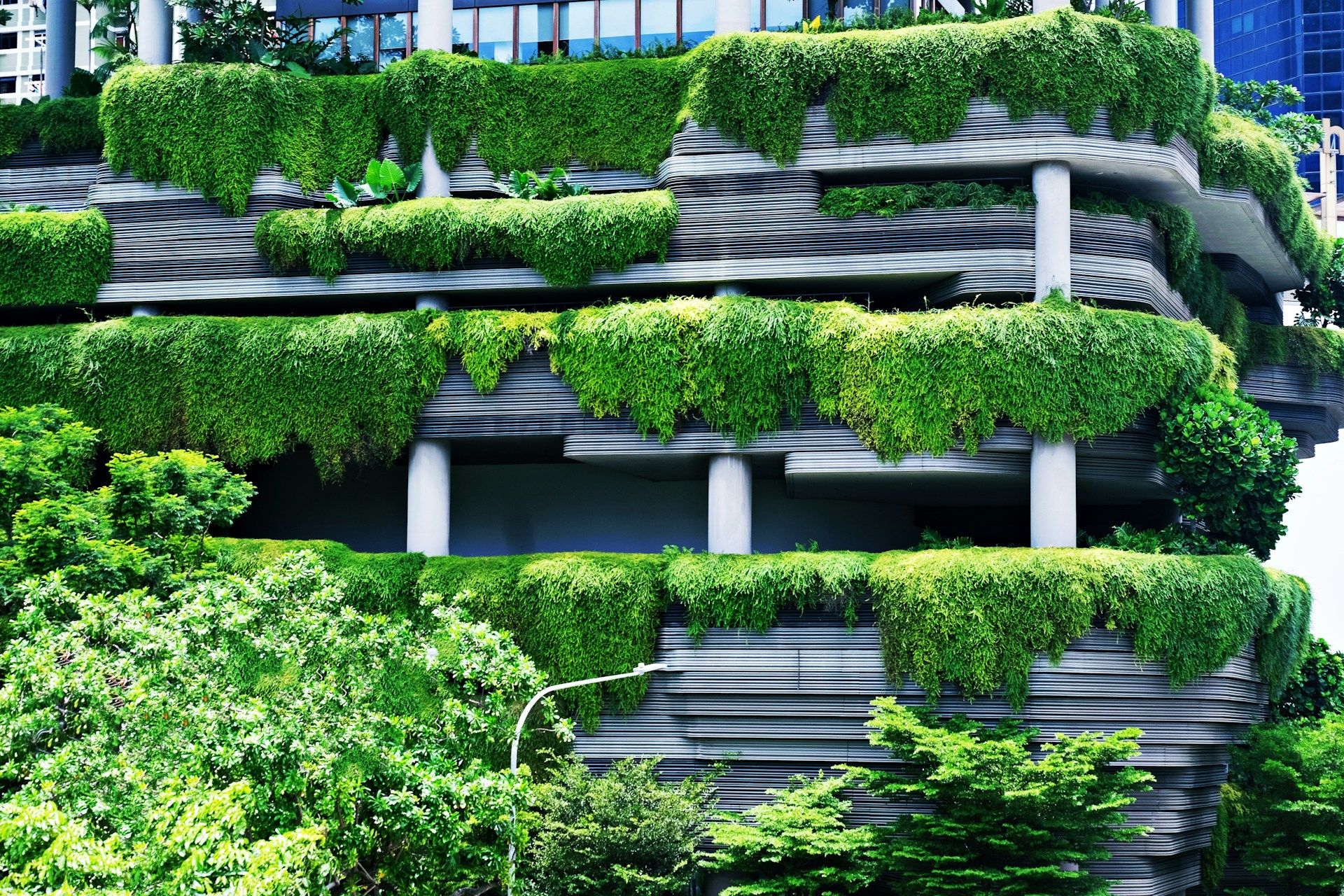Local Materials and the Circular Economy in Panamanian Construction: Toward Responsible Architecture
Contemporary architecture is undergoing a deep transformation: buildings are no longer valued only for beauty or functionality, but for their ability to respond to today’s environmental and social challenges. In Panama — a country rich in biodiversity and natural resources — the path toward responsible architecture involves revaluing local materials and adopting circular economy principles in construction.
These practices not only reduce environmental impact but also strengthen cultural identity, boost local economies, and create opportunities for a new generation of architects, builders, and artisans committed to sustainability.
Construction as Both an Engine and a Challenge
The construction industry is one of the world’s largest consumers of energy and raw materials. In Panama, rapid urbanization has increased the demand for cement, steel, and imported products — many of which carry a high carbon footprint due to transport and industrial processes.
However, Panama’s geography provides a natural advantage: an abundance of local materials — such as tropical wood, stone, bamboo, clay, and stabilized earth — that can partly replace industrialized products. When properly used, these materials offer durability, thermal performance, and a lower environmental footprint. Promoting their use is not only an ecological choice but also an economic and cultural one — every square meter built with local resources generates greater value within the community.
Local Materials: From Landscape to Architecture
Certified Tropical Wood
Panama’s timber species — such as teak, Caribbean pine, and espavé — are known for their strength and natural beauty. The challenge lies in sustainable forestry management. Wood is renewable, acts as a carbon sink, and helps regulate humidity, improving thermal comfort in tropical housing.
Stone and Stabilized Earth
In mountainous regions like Chiriquí or Altos del María, local stone can be used for walls, pavements, and structural elements. Its thermal inertia makes it ideal for regulating interior climates. Stabilized earth, mixed with lime or cement, offers a low-cost, natural aesthetic and excellent thermal behavior in warm environments.
Bamboo: The “Vegetable Steel”
Bamboo grows quickly, absorbs CO₂, and has remarkable mechanical strength. In Panama — especially in rural and coastal areas — its use is expanding as a lightweight, renewable construction material. Properly treated, bamboo can last decades and replace high-footprint materials like steel or concrete in certain applications.
Recycled and Reused Materials
Circular design also includes material reuse: salvaged doors, bricks, glass, or metals from demolitions. In addition, recycled materials — such as compacted plastics or concrete with recycled aggregates — reduce waste and promote a closed-loop construction economy.
Circular Economy: Closing the Construction Loop
The circular economy aims to break the linear “take–make–dispose” model. In architecture, it means designing buildings that can be dismantled, repaired, and adapted — minimizing waste and maximizing resource efficiency.
In Panama, this approach translates into four key actions:
-
Design for disassembly: Create modular buildings whose components can be easily assembled, disassembled, and reused.
-
Reuse local materials: Integrate reclaimed wood, existing stone, or components from previous structures to preserve both resources and cultural continuity.
-
Reduce construction waste: Plan precisely, optimize cuts, and prioritize locally available materials to minimize waste.
-
Recycle and reintegrate: Convert debris into raw materials — crushed concrete as base layers, remelted metals, or plastics turned into cladding panels.

Environmental, Economic, and Social Benefits
-
Lower carbon footprint: Local sourcing reduces emissions from transport and industrial production.
-
Regional economic growth: Local production creates jobs and stimulates micro-economies.
-
Panamanian architectural identity: Reviving traditional materials and methods builds a design language rooted in place.
-
Energy efficiency: Natural materials improve thermal comfort, reducing energy use for cooling.
-
Resilience and maintenance: Local materials are easier to repair or replace, extending building lifespans.
Challenges and Opportunities in Panama
While Panama has abundant natural resources, local processing infrastructure remains limited. Greater investment is needed in research, certification, and technical training to ensure quality and scalability.
Architects also face lingering perceptions that natural materials are less “modern” or durable. Yet, the growing focus on sustainability and eco-tourism is changing this narrative. Across the country — from rural homes to eco-hotels and cultural centers — projects are proving that building locally and circularly is both viable and profitable.
Panama can position itself as a regional benchmark in responsible architecture, leveraging its biodiversity, strategic location, and creative ecosystem.
A New Way to Build
The transition to a sustainable Panamanian architecture begins by looking inward — recognizing the potential of local resources and traditional craftsmanship. Adopting the circular economy does not mean returning to the past; it means evolving toward a future where buildings are part of a continuous life cycle — structures that regenerate rather than deplete.
If the 20th century was defined by architecture of steel and glass, the 21st will be marked by smart, regenerative resources — architecture built from what we have, designed to last, and created to return to its origins.






